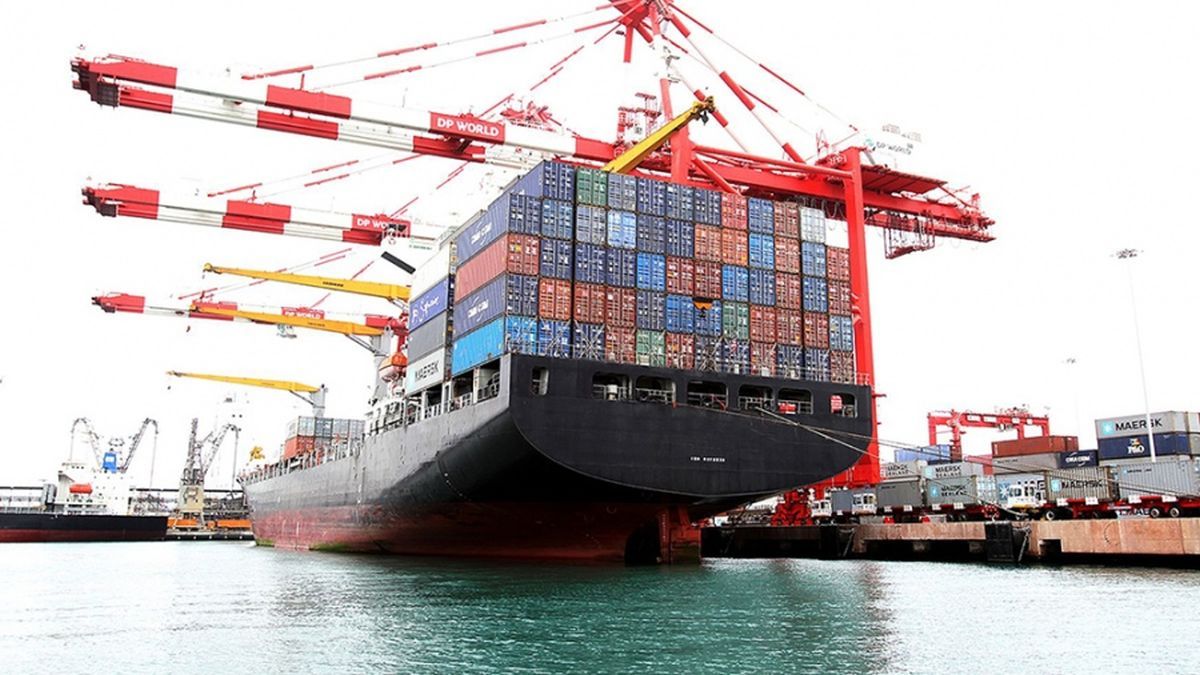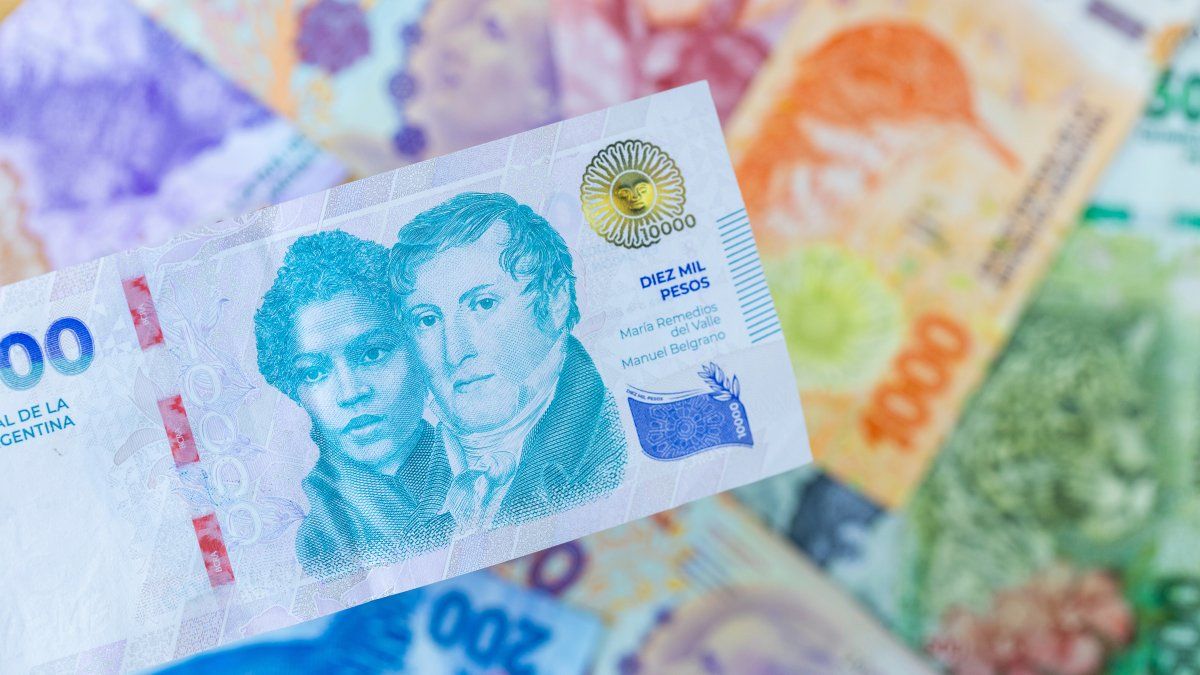He Commercial surplus was US $ 227 million in Februarydespite the fact that imports registered a strong monthly growth and their greatest year -on -year increase since July 2022. The energy sector and the improvements in the terms of exchange avoided that the first deficit of the Milei era occurs.
According to data published by INDEC this Wednesday, External purchases grew by 42.3% Regarding the same month last year. It is worth remembering, however, the low comparison base since in the first months of 2024 the economic activity was still accusing the impact of the devaluation and remained the restrictions on the payment terms of the products from other countries.
However, In monthly terms imports also advanced, 8.9%even contemplating the effect of seasonality. In monetary terms they represented about US $ 5,864 million.
From the Economic Studies Management of the Province Bank They pointed out to this medium that the increase in imports is something above historical elasticity, which indicated that for each point of growth of GDP, purchases abroad grew in three points. “At present, we are seeing something closer to 4, explained, among other factors, by the exchange rate appreciation and tariff flexibility and paraarancelaria“They said.
What were the exports and imports that uploaded the most?
The annual recruitment of the purchases of the highest amounts imported, since prices recorded falls. At the level of economic use, the main incidents were verified in capital goods (+u $ s564 million)consumer goods (+U $ 361 million) and pieces of capital goods (+U $ 338 million).
Federico Vaccarezzafrom the Observatory of Economy of Industrials SMEs Argentinos (IPA), He showed concern, in dialogue with scope, for the dynamics of consumer goods“which are the ones that most affect local production, such as food and drinks, clothing, textiles, electronics, furniture, among others.” “These assets grew 77% year -on -year and already reached US $ 877 million. This projected gives you a Annual calculation of US $ 10,000 million by 2025. Are we really willing to dispose of these dollars that are scarce to pay goods that can occur here?“He deepened.
Meanwhile, the Exports They presented a year -on -year increase of 10.1%to be located at US $ 6,092 million. In additionwith respect to January the variation was positive in 1.8%.
Sales also improved for the quantities effect. When segmenting by areas, the greatest contributions to the general increase made them manufactures of industrial origin (+u $ s216 million)mainly for sales of vehicles, and primary products (+u $ s184 million).
The commercial surplus remained thanks to price variations
From INDEC they clarified that “If the prices of February 2024 had prevailed, the commercial balance would have shown a deficit of US $218 million“This as a result of import prices fell more than exports.
“Export prices do not seem to recover immediatelyat least until the international scenario does not improve and the expected growth of China and India allows us to think about a greater demand for food, “they said in the province.
Regarding the different Blocks and commercial partnersthe largest surpluses were glimpsed with Latin American countries excluding Mercosur (+U $ S750 million), the Middle East (+US $ 352 million) and India (+U $ S 281 million). At the other extreme, the highest deficits were with China (-u $ S1.118 million), Mercosur (-U $ S521 million) and European Union (-u $ S321 million).
With Brazil, the main commercial partner of the country, a deficit of US $ 360 million was verified. The “red” in the automotive sector explained most of the deterioration in bilateral exchange.
Is there a change in foreign trade dynamics?
Vaccarezza perceives that the first 2025 bimester “is marking a change of cycle in Argentine foreign trade”. In this regard, he celebrated the dynamics of exports and highlighted the increase in imports as a good data, since it reflects a better economic activity, although it warned again about the increase in consumer goods from abroad.
In that sense, he said that imports must “take care of microeconomics but also take care of the macro to avoid shocks and accumulate reserves.” “Are we going to ask the IMF US $ 10,000 million and we plan to spend US $ 12,000 million to import things that can be done here?”warned.
Source: Ambito




